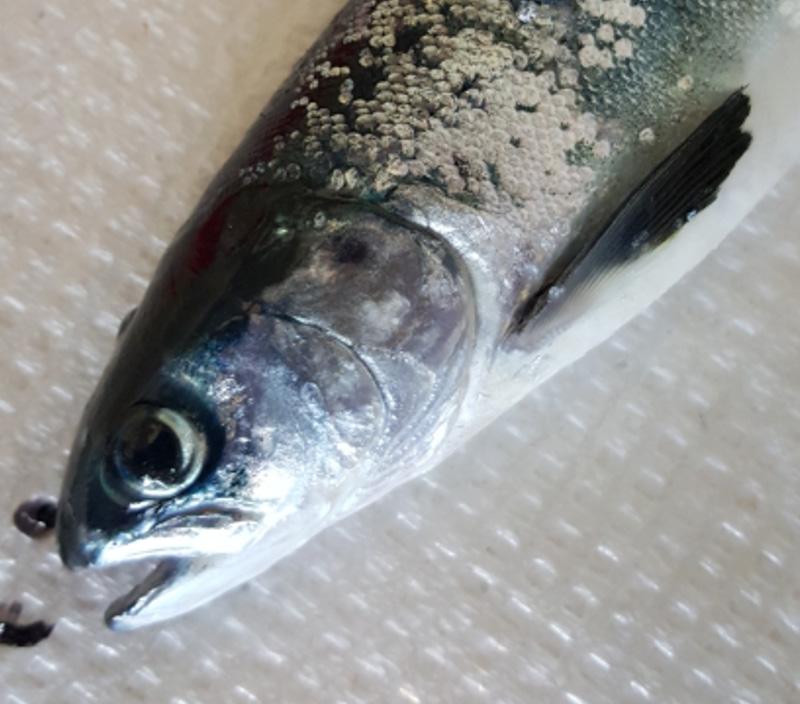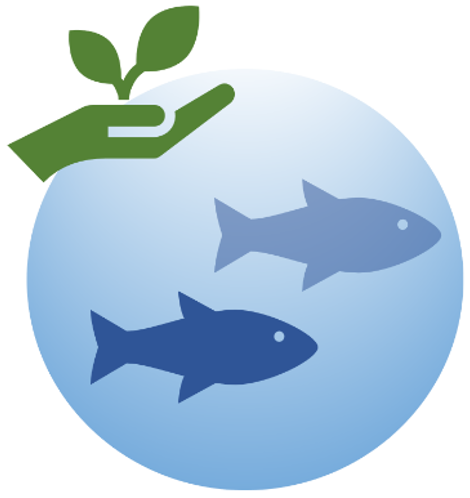Research - Innovations for Sustainable sEabased Aquaculture (InnoSEA) - Department of Biological Sciences Ålesund
Research
InnoSEA’s core research interest is in sustainable aquaculture, focusing on sea-based production of salmonids. We work cross-disciplinary to address complex pressing challenges for aquaculture today and for sustainable and responsible further development of the aquaculture industry.
We hold a research license for salmonids in the sea and farm fish in collaboration with Prophylaxia AS. The farm sites and the fish are used as a full-scale laboratory for sea-based salmon culture under realistic commercial conditions. InnoSEA works closely together with the Department of Ocean Operations and Civil Engineering (IHB) and the Department of ICT and Natural Sciences (IIR), and together we are equipped with updated chemical and biotechnological laboratories and advanced robotics, visualization and simulation laboratories.
We work closely with several industry partners to assure the applicability and the use of our research in aquaculture production and services.
Our research focuses on the following areas
- Salmonid health and welfare
- Environmental interactions in aquaculture
- Marine ingredients
- Biobank of salmonids
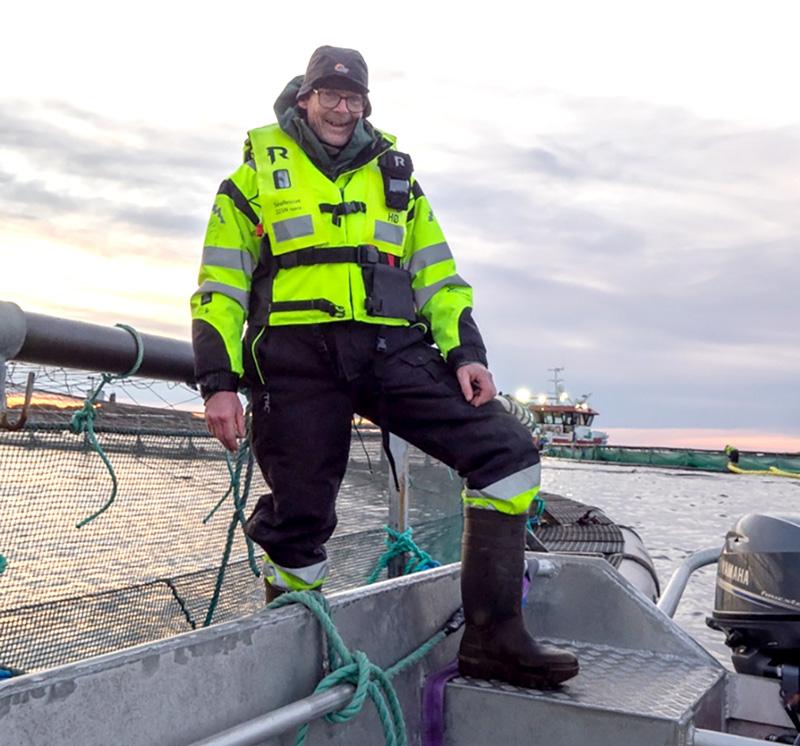
Salmonid health and welfare
InnoSEA aims to promote and improve fish health and welfare in commercial salmonid farming. We have an obligation to look after the animals we farm and to assure that these animals have a good life. Good fish health and welfare are also associated with more sustainable fish farming, as it leads to better utilization of resources, better growth, lower mortality, and less handling and treatment of the fish.
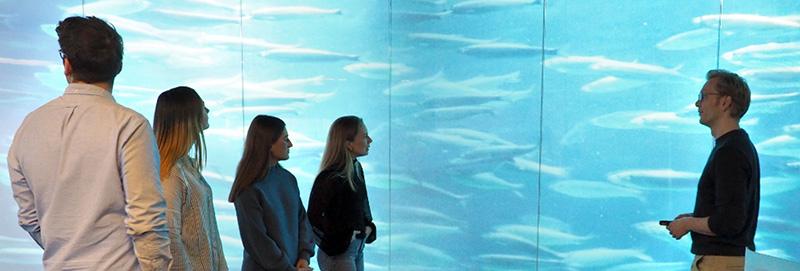
InnoSEA seeks to identify and understand factors that can affect fish welfare in commercial production to ultimately enable us to control these factors for improved fish welfare. To do so, we need to monitor welfare, but even measuring welfare in fish is not an easy task. Many and diverse welfare indicators have been established, but many of these are difficult to use operationally or are highly invasive. InnoSEA therefore also aims to describe and develop new methods to measure fish welfare in commercial salmonid production and to develop operational welfare indicators that are minimal- or non-invasive.
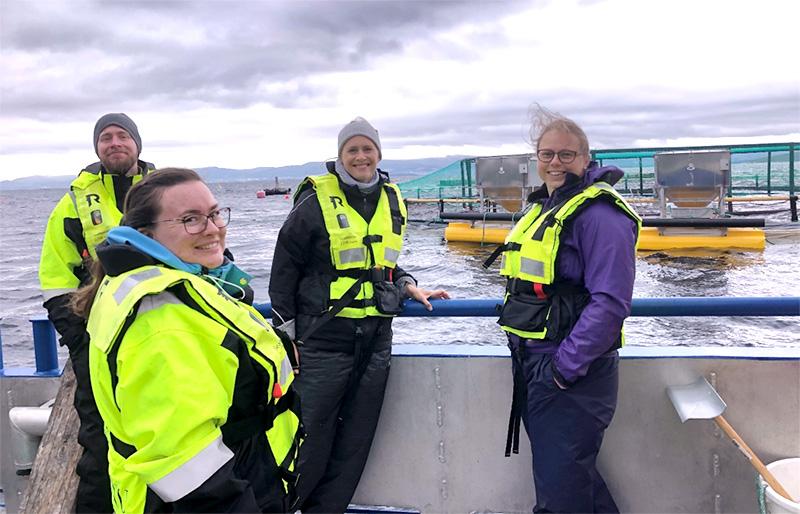
NTNU in Ålesund has extensive experience in fish health and fish welfare through research (FHF, education, collaboration with relevant industry, and operation of its license for production of salmonids in the sea. Fish health and fish welfare is a priority area of focus at the Department of Biological Sciences in Ålesund. Today, several projects and Ph.D. fellows are working on relevant issues in welfare, stress, salmon lice, cleaner fish, behavior, and sustainability. The stress hormone cortisol can be measured in most organisms. Cortisol analyzes of feces have been shown to provide a basis for a low/non-invasive method for the rapid detection of acute stress in farmed salmon. In collaboration with Innolipid AS, we will further develop ELISA-based methodology and try out HPLC-MS / MS analyzes to obtain a higher degree of resolution on analysis.
Changes in behavior and swimming patterns may also indicate stress. NTNU has for several years worked with extensive behavioral analyzes using cameras mounted in the cages, primarily in connection with documentation of the interaction between salmonids and cleaner fish. Automatic analysis of fish behavior has been developed, but not directly linked to welfare evaluation in an operational setting. Camera and echo recordings of fish behavior can be developed through artificial intelligence to quantify stress. This can provide the opportunity to identify stress in operational situations as well as record stressful changes in the aquatic environment before the effect of the changes becomes apparent to operating personnel (e.g. algal blooms and O2 deficiency).
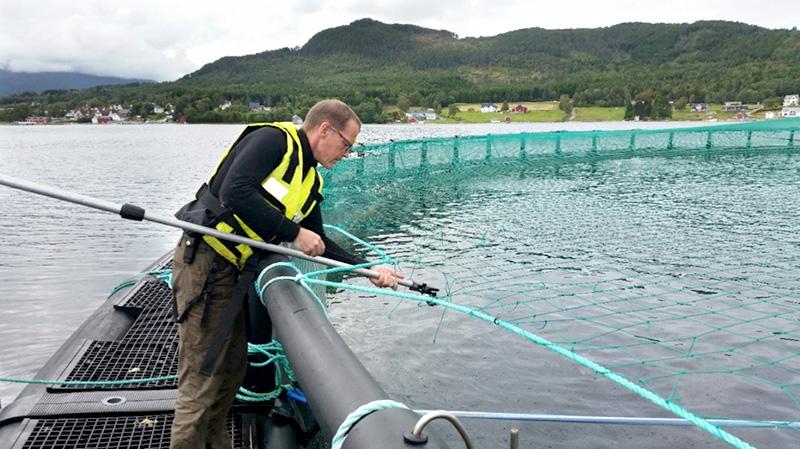
Interactions between cleaner fish and salmonids are vital for the prevention of sea lice. The use of video-recordings from different sites in cages helps to understand the interaction between the separate species. By non-invasive methodology, data are collected to improve the environment for both species by placing hides, feeding stations in an optimal position. Documentation of behavioral categories helps to measure welfare. The use of a fish model with artificial sea lice may give a better understanding of how to facilitate lice grazing. The high mortality of cleaner fish in cages will be reduced by more knowledge of the interactions.
Focus areas
- Fish welfare, as evaluated by non-invasive stress measurements
- Alternations in gene- and protein expressions after exposure of stress over a longer period
- Metagenomics
- Marine microbiome
- Salmon behavior and welfare in aquaculture
- Salmon lice and chemotherapeutants
- Interactions between salmon and cleaner fish
Environmental interactions in aquaculture
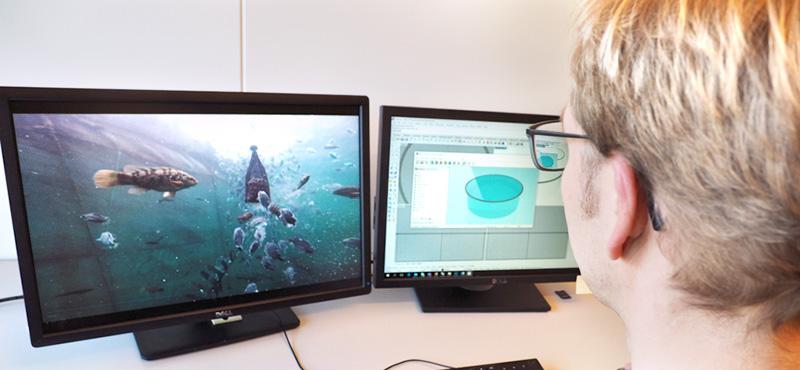
Interactions of sea-based aquaculture systems and animals with their environment are variable and complex. Most salmonid and other finfish production in the sea is carried out in open-net cages. Environmental conditions and marine life set the requirements for fish farms to produce aquaculture organisms safely and efficiently while maintaining good animal health and welfare. In turn, structures in the sea will affect their environment. They will for example be colonized by marine fouling organisms, attract marine life and alter local hydrodynamics. Aquaculture animals depend on water exchange to maintain good water quality within their net cages, but they are also subjected to potentially negative environmental influences in the sea, like unfavorable temperatures, toxic algae, or predators. Escapees from salmon farms may interact with wild fish and lead to changes in the gene pool of wild stocks, and diseases and parasites may be transferred between wild and farmed fish.
The Norwegian government highlighted the importance of aquaculture-environment interactions and stated that environmental sustainability should be used as the most important premise to regulate the development of the aquaculture industry in Norway (Meld. St. 16, 2014-2015. Melding til Stortinget. Forutsigbar og miljømessig bærekraftig vekst i norsk lakse- og ørretoppdrett (in Norwegian)).
InnoSEA seeks to understand the complex interplay of aquaculture structures, wild and farmed organisms, and the physio-chemical environment. We then aim to develop models that describe important interactions, to predict the effects of fish farms on their environment and vice-versa. Our focus is on cross-disciplinary approaches and applied research to draw on the expertise from experts in all relevant disciplines and to assure that our solutions are applicable and will be used in commercial production.
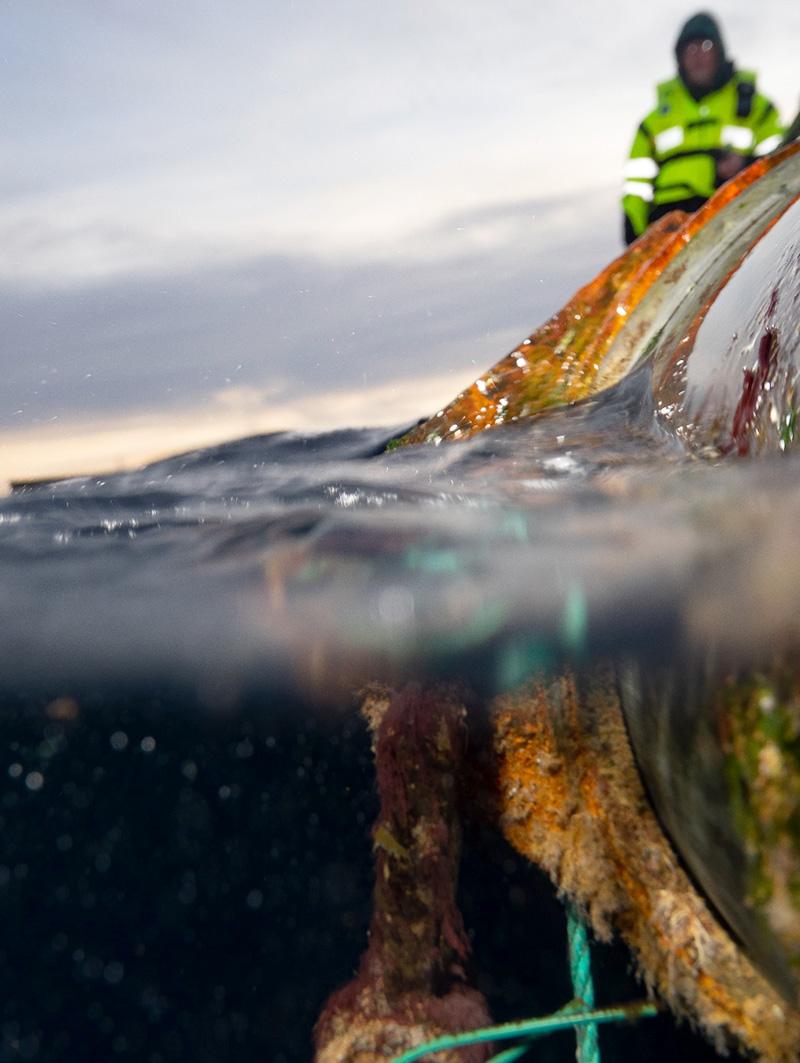
The best explanatory variable to the transmission of viruses and parasites in marine salmonid aquaculture is water transport by ocean currents. Knowledge of hydrodynamics by direct registrations and modeling are therefore valuable tools to understand transmission and to control the disease.
The viral load in salmon tissue and thereby potential shedding may be at its maximum near an outbreak. Therefore, if outbreaks can be avoided, the infection pressure and transmission potential are likely to decrease. Disease outbreaks may be triggered by short and long-term stressors in the farm environment. Reproducible welfare measures is therefore another important factor to control diseases.
Pathogens like sea lice may be difficult to avoid since it has a host in the natural environment that is difficult to control. These wild salmonids also need protection from the extensive infection pressure from salmon-lice produced in the cages. Our research has identified farmed salmonids as the main reservoir of many specie specific pathogens like PD-virus and salmon lice. Based on studies of salmon lice on wild sea-trout, this wild salmonid contributes to the transmission of sea lice resistant to the chemical delicing component between farms.
Focus areas
- Complex interactions between structures, biology and the physical-chemical environment
- Transport mechanisms in the sea
- Fish welfare and environmental effects
- Interactions between farmed and wild salmonids
- Drag forces and deformation of aquaculture cages
- Life cycle assessment (LCA) of salmonid aquaculture production systems
- Data-driven decision support for demanding aquaculture operations
- The spread of infections and interactions with the surrounding environment
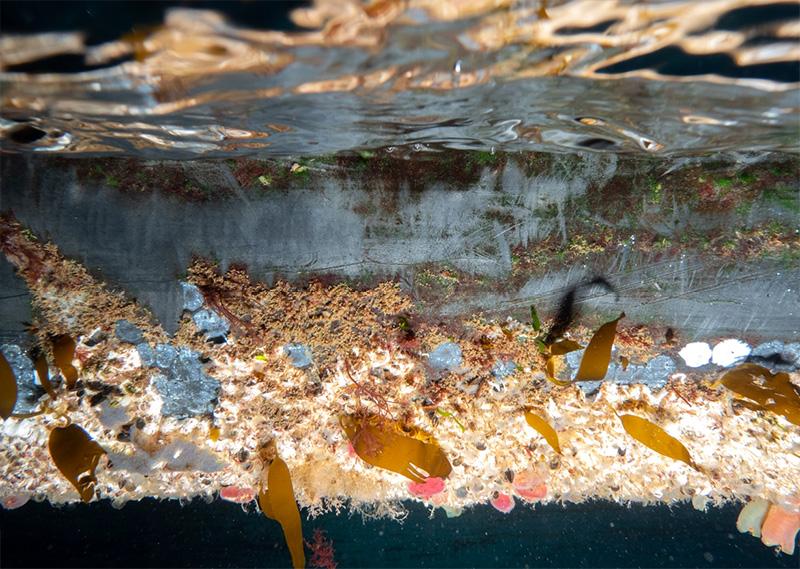
Marine ingredients
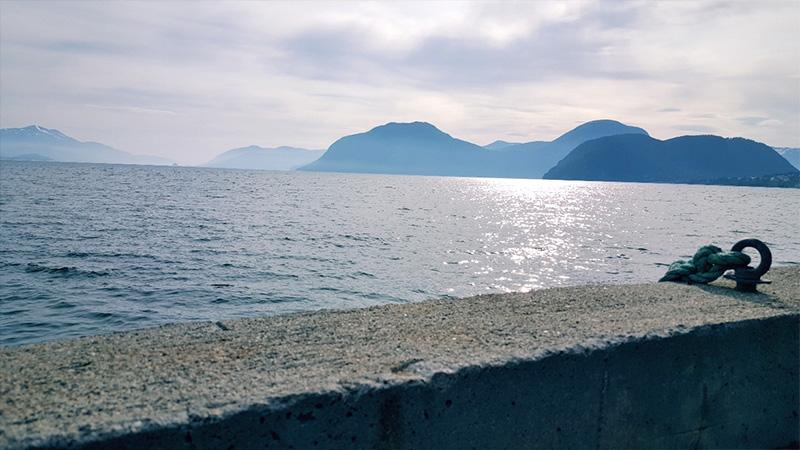
We focus on the sustainable and efficient utilization of existing seafood resources, including fishery side streams, for a maximized recovery of valuable marine ingredients. The research is devoted to increasing the knowledge of composition and properties of various seafood raw materials, understanding the chemical and biochemical reactions occurring in fish raw materials during processing and storage and how these affect the quality and stability of the extracted ingredients (such as lipids, omega-3 concentrates, bioactive peptides, protein hydrolysates, and concentrates).
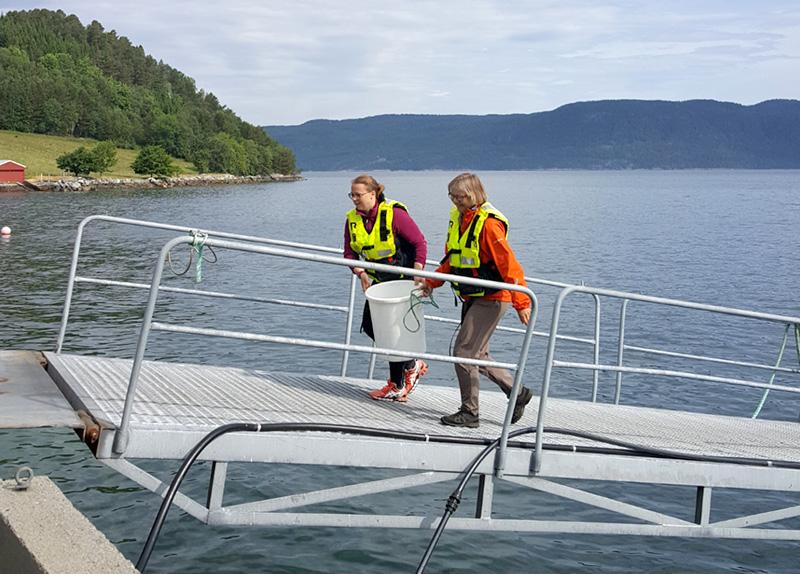
Seafood, due to its extremely wide biodiversity is a treasured source of many novel healthy ingredients and biologically active compounds such as fish oils rich in omega-3 fatty acids, bioactive peptides, fish hydrolysates, collagen, and gelatin, as well as essential vitamins, minerals, antioxidants and fiber from fish, seaweeds, macroalgae, microalgae, krill, and seal. Despite having so many health benefits, the recovery of marine functional ingredients from seafood side streams has been still underexploited for food purposes. Thus, our research team at InnoSEA aims at exploring new ways and possibilities behind the conventional methods for isolation of marine functional ingredients by using innovative technological solutions in collaboration with other national and international research organizations and universities.
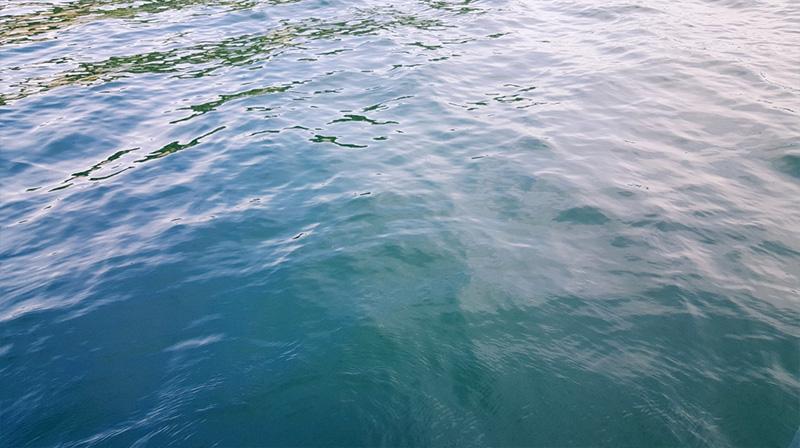
One of the main focuses of our group is to identify the most prominent methods to best preserve the original quality of the seafood raw materials to extract marine ingredients with the highest possible quality and to support the industry in finding novel optimization procedures for the maximum recovery of valuable bioactive ingredients from raw seafood and rest raw materials. To fulfill this scope, we collaborate with many national (SINTEF, NOFIMA, Møreforsking AS, etc.) and international (TEAGASC, AquaTT, University of Bologna, University of Milan, DTU, ELEA, etc.) research organizations and universities.
Our focus areas
- Effect of lipid oxidation on proteins
- Extraction of marine proteins and lipids from rest raw materials
- Shelf life of cold stored heads of Atlantic Salmon (Salmo salar) - effect on oil quality
- Using rest raw materials and biproducts for ingredients, food and feed for a sustainable seafood industry
- Fish processing and seafood side streams
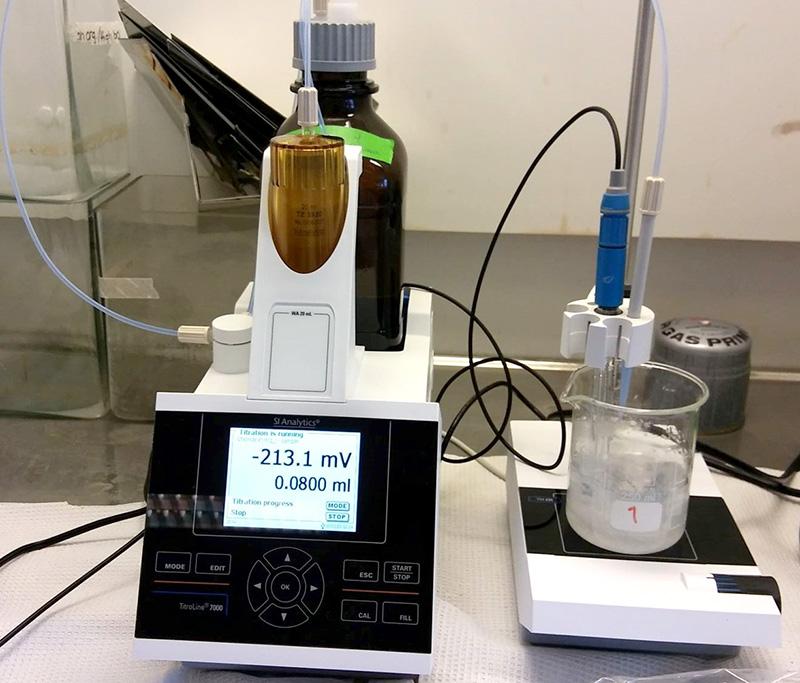
Biobank of salmonids
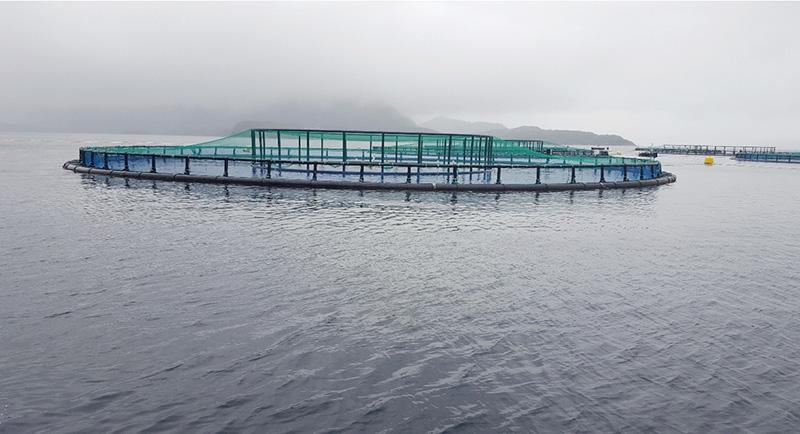
The biobank generates a large stock of biological sample materials of salmonids from the Norwegian fish farms associated with our R&D license. The samples are being continuously collected and can be traced back to a specific fish, sea cage, sampling time, and location point. The sample materials include biopsy samples of skin, musculature, and gills, blood samples, fecal samples, mucus, and whole organs (liver). Each fish is also measured for its weight and length (total and fork), and the gender is determined. All materials are stored at -80 degrees Celsius, where the tissue biopsies are retained in RNAlater® as a storage reagent. The biobank is managed by Senior Engineer and Assistant Professor Cecilie Tynes Riksem.
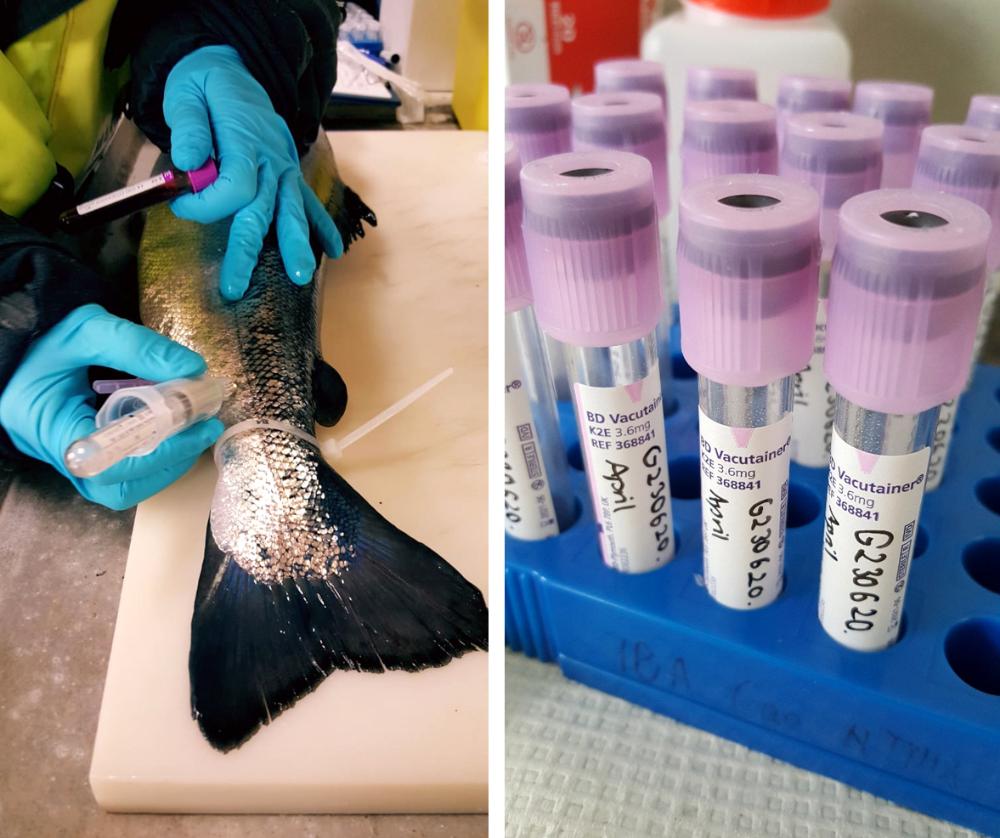
Why the need for a biobank?
Well, if something happens to the fish in the area, the sample material in the biobank can be used to find out what happened, and the appearance of the first markers for this happening. This is particularly useful as preventative work to check if the fish at a given fish farm displays signs of a similar incident. Sample materials may also supplement researchers and collaborators with additional sample material that will allow them to extend their studies with research performed on the same fish obtained at the same time as in previous projects and publications. This is important for researchers to extend their already existing studies and give them opportunities to look for further contexts than they had previously planned for. Additional samples are also taken for the experimental work of our excellent bachelor students, for research studies and Ph.D. projects. Hence, our biobank is an important part of securing our precious salmons’ health and welfare in the Norwegian fish farming industry, providing for more sustainable aquaculture.
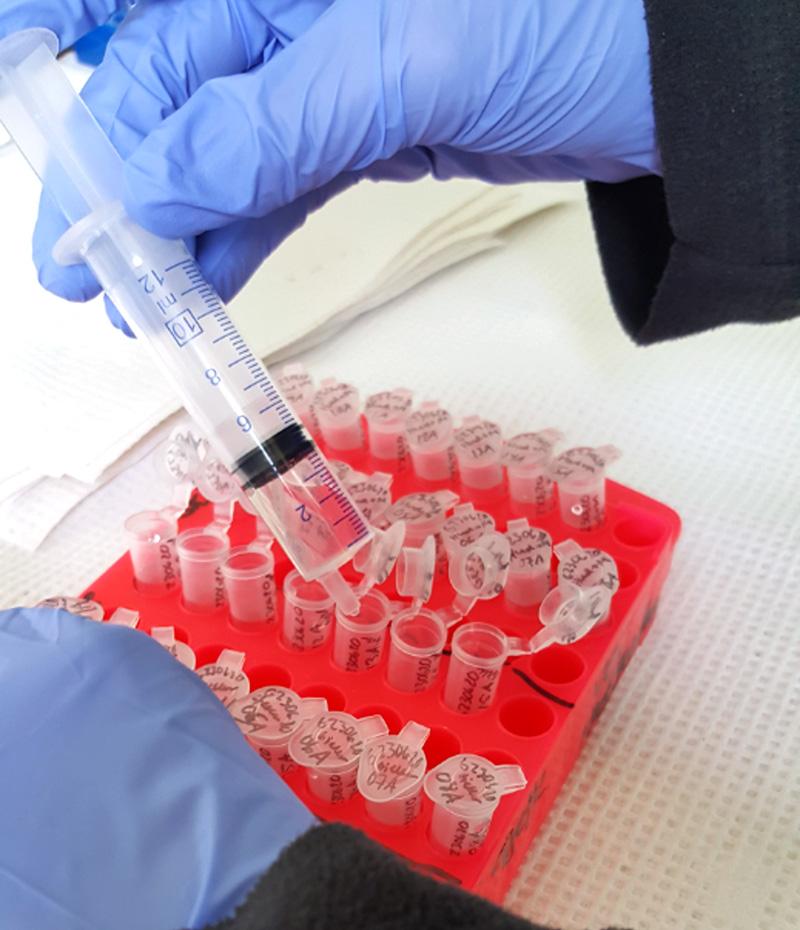
A well-documented system
InnoSEA’s biobank of salmonids has also a well-documented data system here at IBA. Protocols for sample collection have been developed, including published methods for low- or non-invasive sampling. We also have records and additional data for each sampling point and an own document system for storing the information of all the samples located in our biobank. Thus, providing all the information needed for our users. Are you interested in learning more about our biobank of salmonids? Please check out our latest blog post at the NTNU TekNat blog for more reading (available in Norwegian)
Å bygge en biobank (NTNU TekNat blog)
